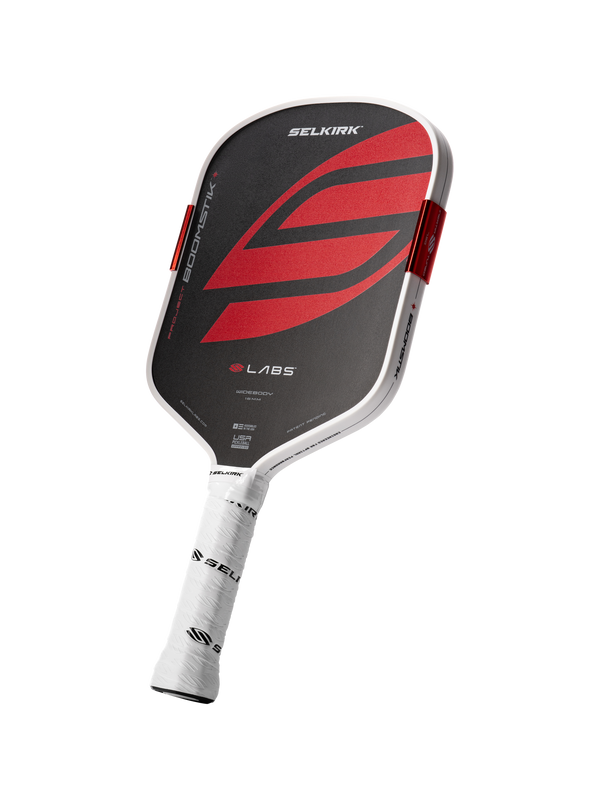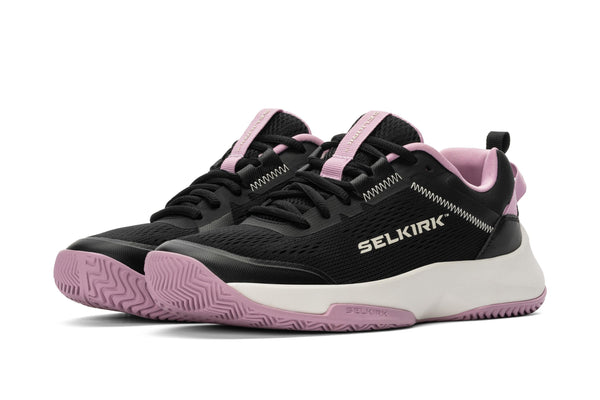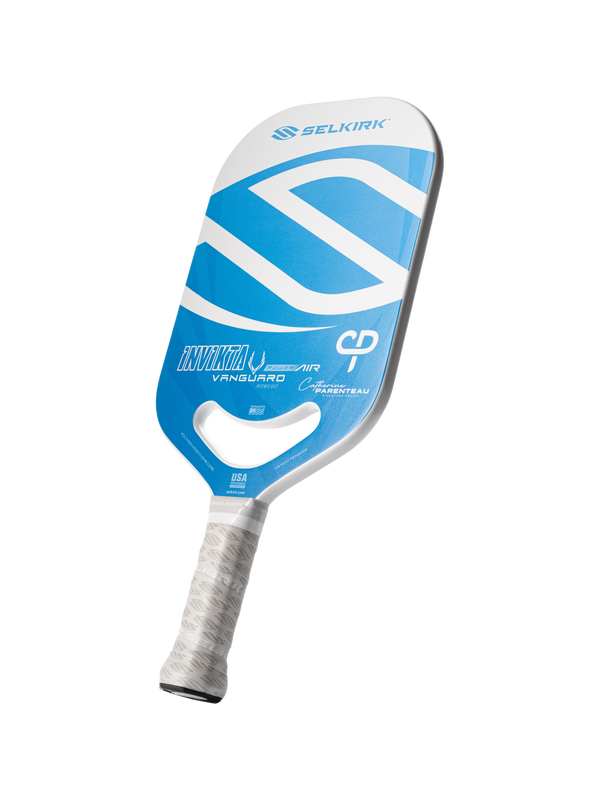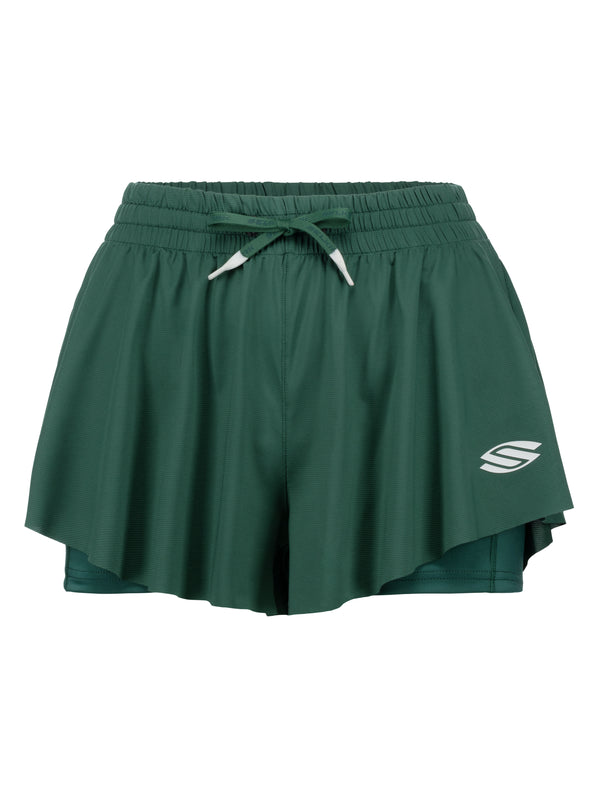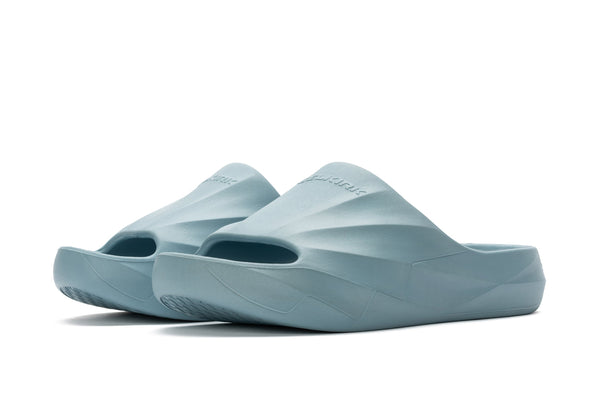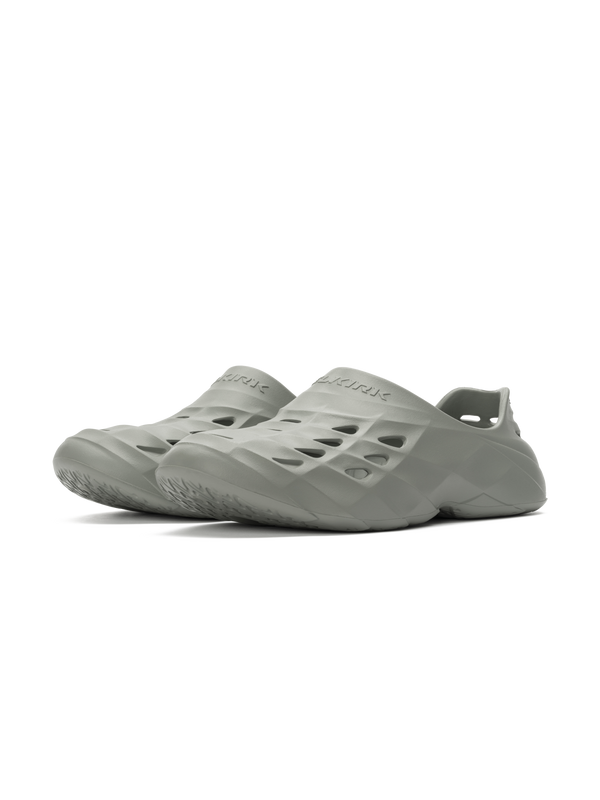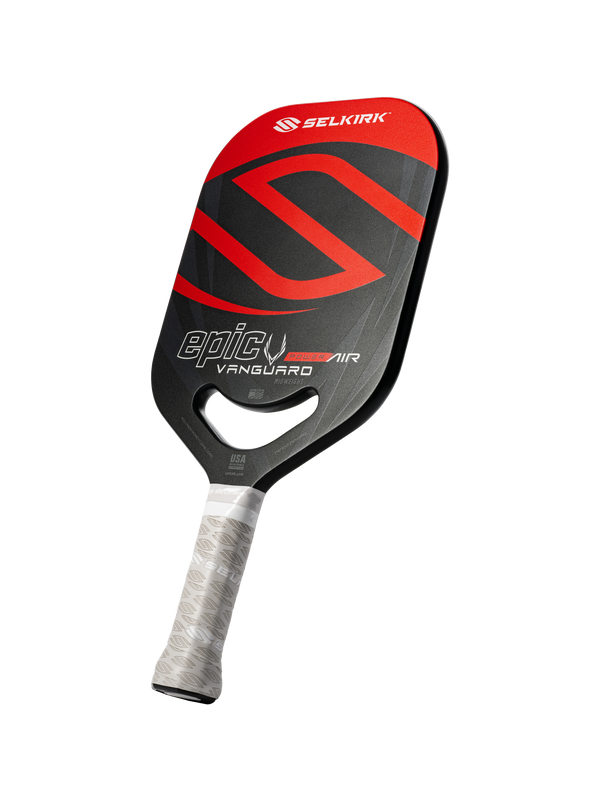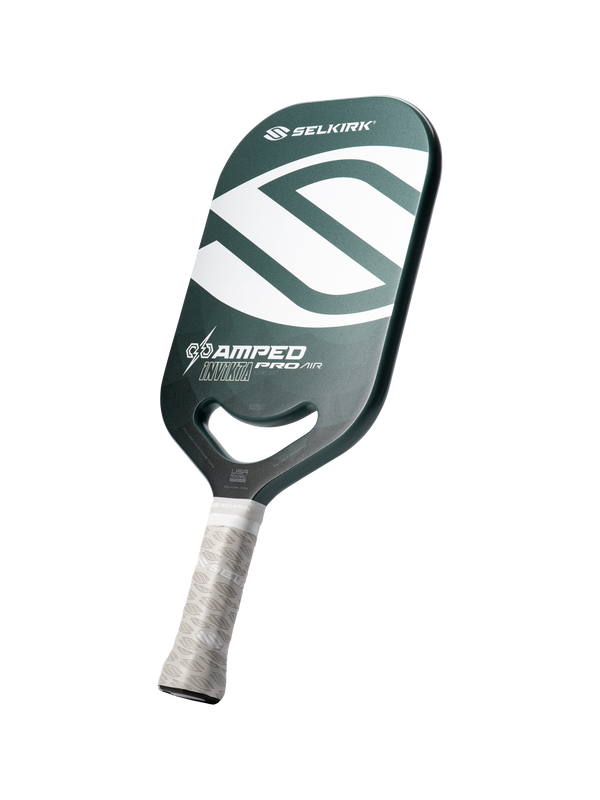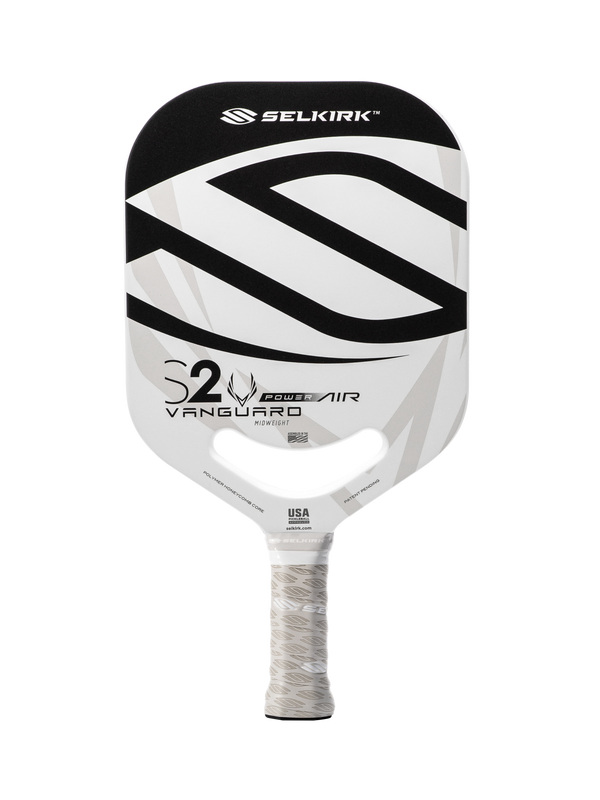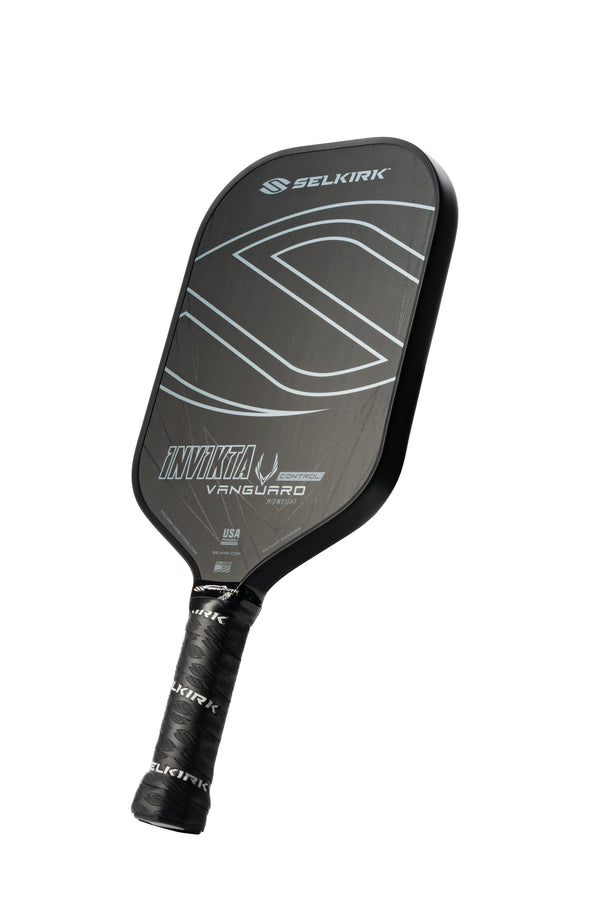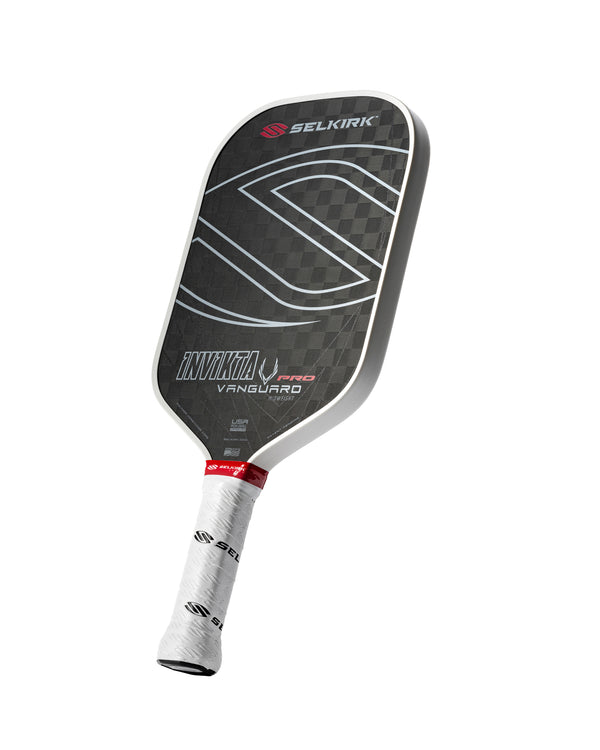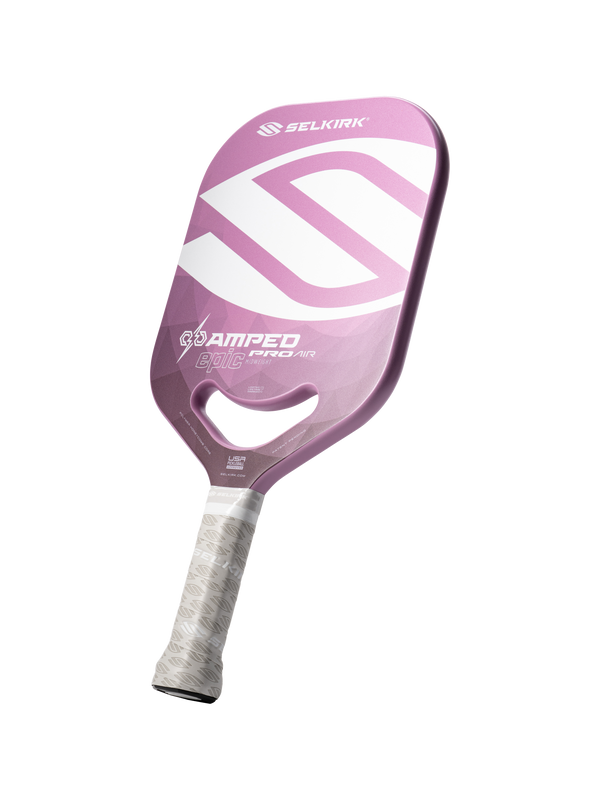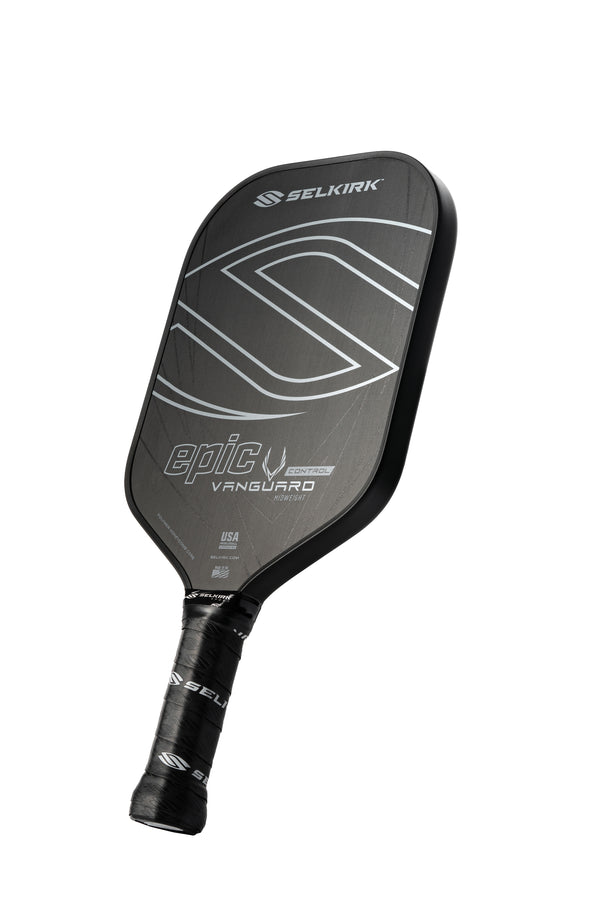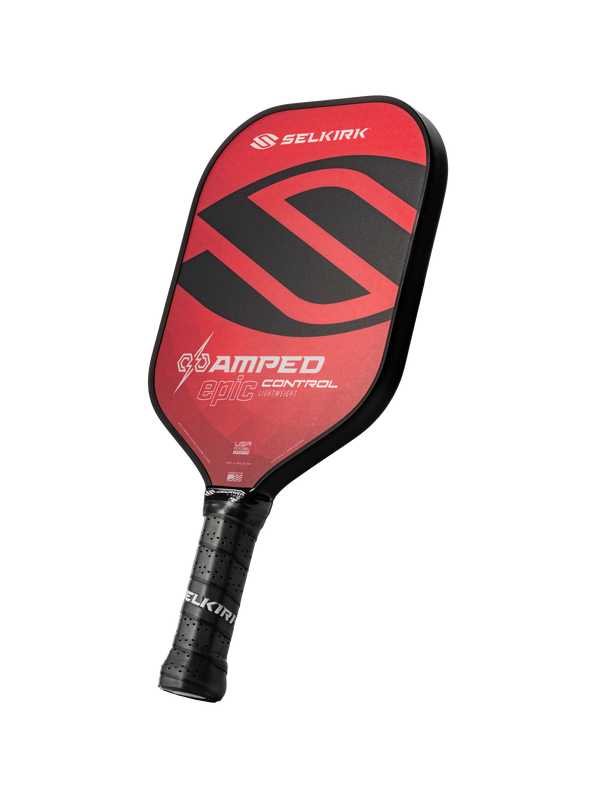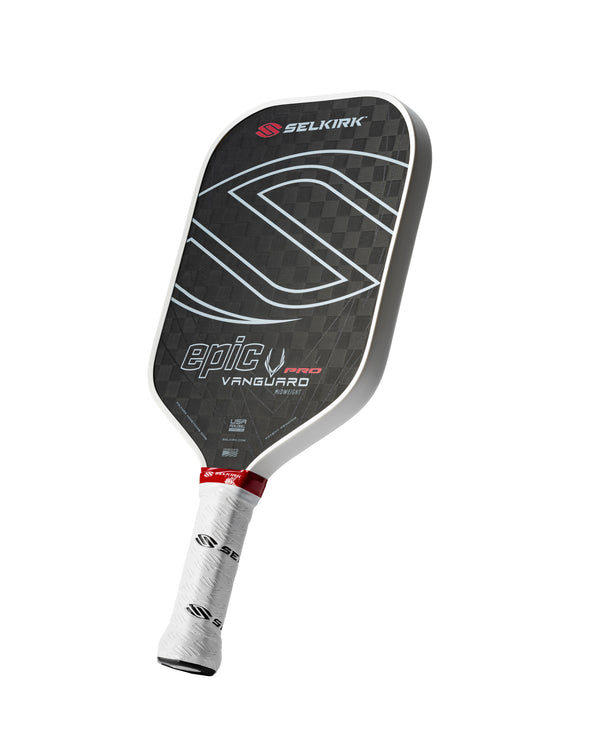
When at the kitchen line, hitting most of your volleys with a backhand is fairly normal because it creates a large deflective wall.
Moving your arm from side to side is often easier than moving your feet to give you the proper position to execute a forehand. It’s also the faster option when defending fast shots from opponents.
However, forehand volleys are often the more powerful offensive choice. So, knowing how to move your feet is important to give you the best offensive advantage.
In this Selkirk TV original, pickleball coach Morgan Evans shares tips on how to turn your backhand into a forehand simply by moving your feet.
Progressive drills to improve your lateral movement on the pickleball court
As with any drill, it’s important to nail the basic movements before adding additional techniques.
To begin, start at the kitchen line across the net from your drilling partner. Both players should stand near the center of the court, with their right foot touching the center line.
Begin cooperative volleys, aiming down the center line of the court. Once the ball has left your paddle, shift laterally so that your left foot is touching the center line.
If you are right-handed, you will present the backhand side of your paddle when your left foot is on the line and the forehand side of the paddle when your right foot is on the line. The reverse is true for left-handed players.
Both players should be shifting after each hit. Aim for a cooperative volley of 10 hits on each side of the paddle.
Remember: This phase is not about speed, it’s about accuracy. Aim your shots toward the center line as stray balls will cause your partner to ruin their cadence.
Once you are consistently successful with the sequence, you can progress to Phase 2 of the drill.
Phase 2: Perfecting quick lateral movements
Begin the drill in the same way, but this time, pick up the pace. Continue the pattern as usual, counting how many hits you and your partner are able to accomplish.
Continue this drill until you’ve broken your highest record three times. Remember to keep your paddle out in front of your body.
Focus on quickly shuffling your feet from one position to the next so that you are ready to receive the next shot — if you need more help on speeding up your lateral movement, check out these tips.
Phase 3: Adding strategic placement to your lateral movements
Now that you and your partner are adept at moving from side to side, it’s time to get competitive.
Continue the drill as you did Phase 2, aiming to beat your record. This time, once you reach your record, it’s a live game.
Aim to beat your partner by moving your feet to give you the offensive advantage. Whoever wins the rally scores a point. The first to five points wins.
If you want an added difficulty, test your lateral quickness by adding a pause. Rather than moving directly after you hit the ball, pause for a second before continuing on.
This small pause will force you to move faster or risk being in an improper position to hit your next ball.
Download the Selkirk TV app HERE to watch the complete episode and many other Selkirk TV original shows, podcasts, lesson series from the pros, and much more.

